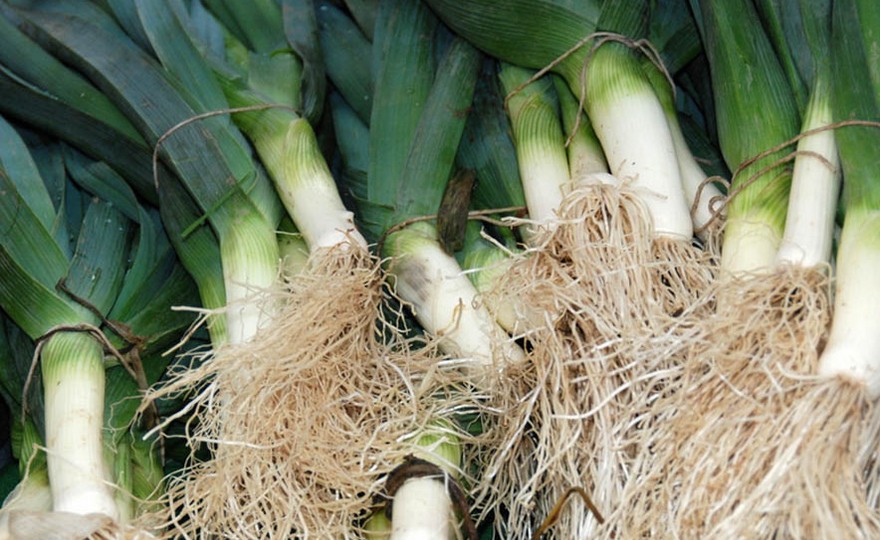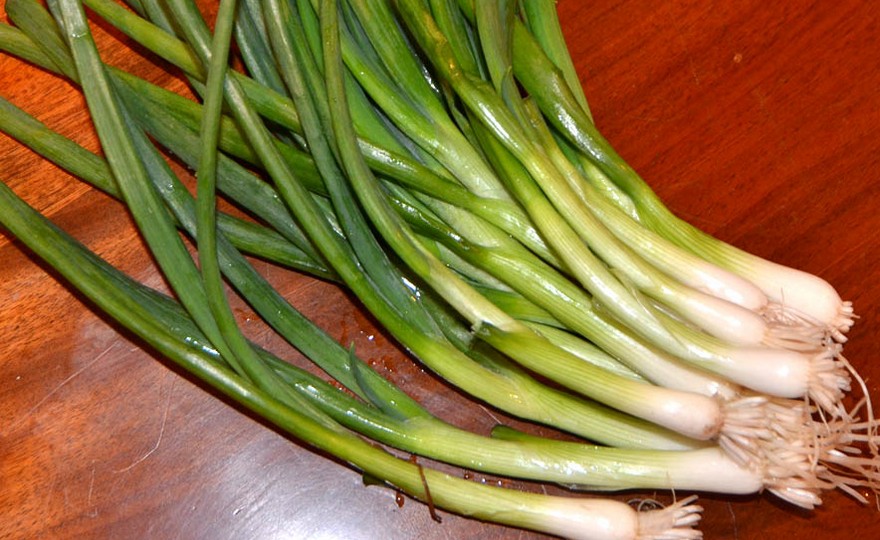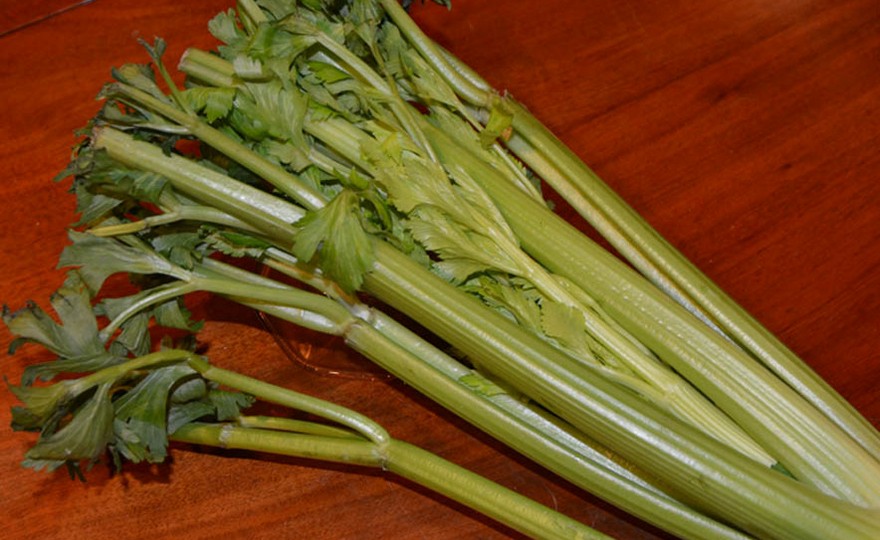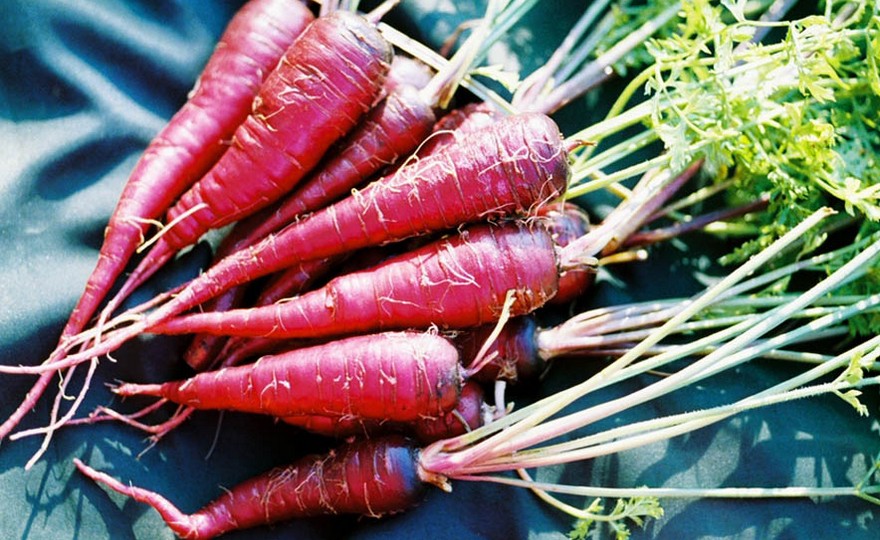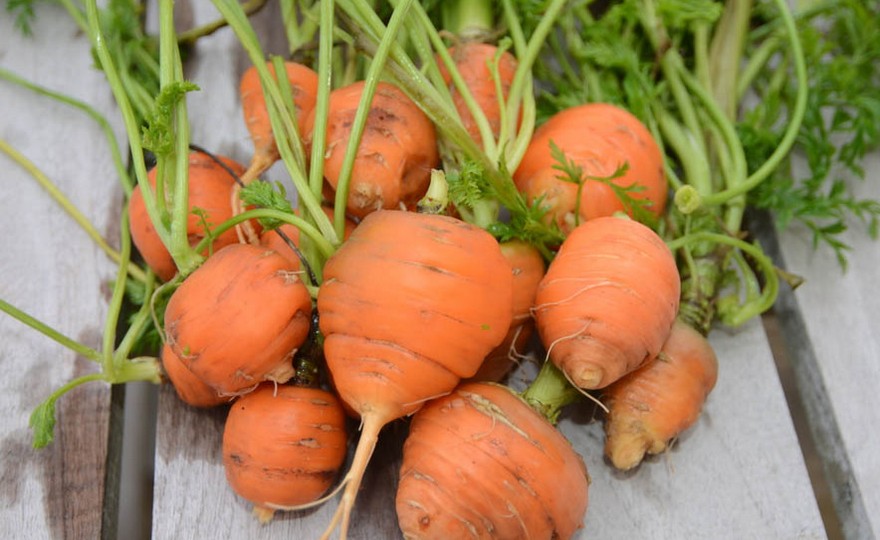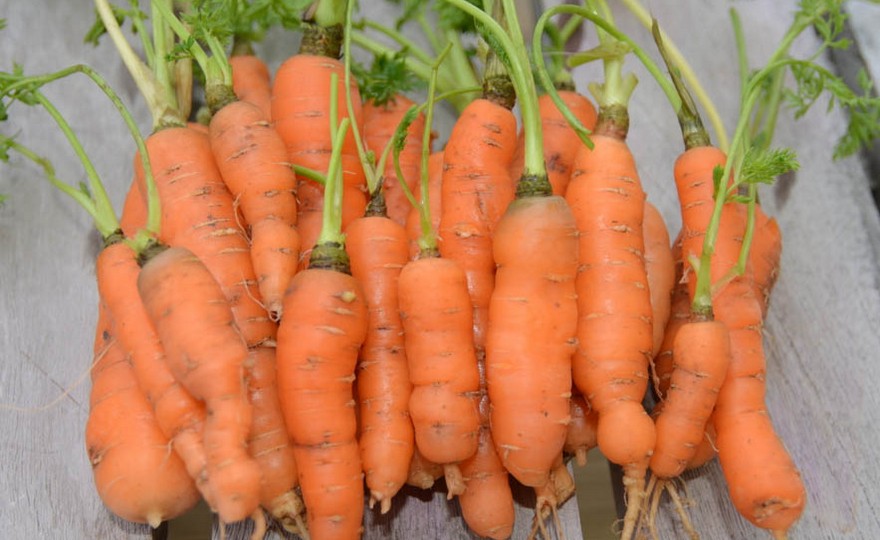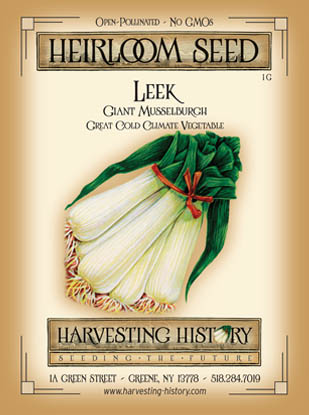
Leek, Giant Musselburgh
-
- **SOLD OUT** HOLIDAY GIFTS **SOLD OUT**
- **SOLD OUT** Holiday Books **SOLD OUT**
- **SOLD OUT** Holiday Citrus **SOLD OUT**
- **SOLD OUT** Holiday Gift Certificates **SOLD OUT**
- **SOLD OUT** Holiday Paperwhites **SOLD OUT**
- **SOLD OUT** Holiday Praying Mantis Kits **SOLD OUT**
- **SOLD OUT** Holiday Tools **SOLD OUT**
- **SOLD OUT** Holiday Wildflower Mixtures **SOLD OUT**
- Citrus Trees
- **SOLD OUT** - Vegetable and Herb Plants - Mix & Match any 6 Plants for $50 - Only Shipped in Quantities of 6
- Elephant Ear Plants & Roots
- **SOLD OUT** 4-Inch Pot Herb Plants **SOLD OUT**
- Rare Plants
- **SOLD OUT** Vining Plants **SOLD OUT**
- Asian Seeds
- Beneficial Bugs
- Books
- Citrus Fertilizers
- Cold-Treated Bulbs - SEE BULBS FOR FALL PLANTING TO ORDER
- Cold-Treated Allium
- Cold-Treated Chionodoxa
- Cold-Treated Crocus
- Cold-Treated Hyacinthoides
- Cold-Treated Hyacinthus Orientalis
- Cold-Treated Narcissus
- Cold-Treated Cyclamineus Narcissus
- Cold-Treated Double Heirloom Narcissus
- Cold-Treated Jonquilla Narcissus
- Cold-Treated Large Cupped Narcissus
- Cold-Treated Poeticus Narcissus
- Cold-Treated Small Cupped Narcissus
- Cold-Treated Species Miniature Narcissus
- Cold-Treated Split Cupped Narcissus
- Cold-Treated Tazetta Narcissus
- Cold-Treated Triandus Narcissus
- Cold-Treated Trumpet Daffodils
- Cold-Treated Ornithogalum
- Cold-Treated Rock Garden Iris
- Cold-Treated Scilla
- Cold-Treated Tulips
- Cold-Treated Emperor Tulips
- Cold-Treated Fringed Tulips
- Cold-Treated Green or Viridiflora Tulips
- Cold-Treated Lily Flowering Tulips
- Cold-Treated Parrot Tulips
- Cold-Treated Peony Flowering Tulips
- Cold-Treated Single Early Tulips
- Cold-Treated Single Late Tulips
- Cold-Treated Species Tulips
- Cold-Treated Triumph Tulips
- Flower Bulbs, Corms and Tubers
- Bulbs for Spring Planting
- Bulbs for Fall Planting - ALL BULBS AVAILABLE ARE COLD TREATED FOR PLANTING AS SOON AS SOIL CAN BE WORKED
- Fall Blooming Bulbs
- Garden Tools & Equipment
- Gift Certificates
- HHH Exclusive Wildflower Mixtures
- Wildflower Mixtures
- Heirloom Garlic
- Potatoes
- Roots & Sets
- Seeds
- Flowers
- Herbs
- Vegetables
- **SOLD OUT** HOLIDAY GIFTS **SOLD OUT**
-
- No products to compare
-
72 in stock
Quick Overview
LEEK, Giant Musselburgh –
Allium ampeloprasum var. porrum
FULL SUN Native to the Mediterranean and parts of Asia, leeks have been an important food crop for many cultures for millennia. The ancient Egyptians, Romans, Welshmen and even Shakespeare knew the leek. Leeks are extremely cold hardy and remain perfectly edible even after freezing and thawing. Giant Musselburgh was introduced in 1870. The 9-15 in. stalks are 2-3 in. wide.
Leeks require a very long growing season. They can be sown in the early spring for a fall crop. In the spring, plant as soon as the ground can be worked. They can also be sown in late summer and harvested the following spring and summer. Soil should be deeply spaded before planting. Rows should be 12-18 in. apart. When seedlings are 2 in. high, thin, leaving 4-6 in. between plants. To blanche leeks keep piling soil around the stem.
| Type | Spacing | Planting Depth | Days to Germination | Maturity |
| Leek | 4-6 in. | 1 in. | 14-21 | 120 |

Leek, Giant Musselburgh
The leek is a member of the onion family with a flavor that is much more refined, subtle and sweet than the standard onion. Wild leeks called ramps more closely resemble scallions and have a much harsher flavor than their cultivated cousins. Leeks are thought to be native to the Mediterranean area and Asia and have been cultivated for more than 3000 years. In the Book of Numbers in the Bible, after the children of Israel left Egypt, leeks were one of the foods mentioned as being greatly missed. Leeks figured prominently in the Egyptian diet and they were a favorite with the Romans. Leeks were known to have a soothing effect on the throat. Emperor Nero ate leeks frequently to clear his voice before singing recitals. His fondness for leeks was so well recognized that he bore the nickname Porrophagus which means “Leek-Eater”. It is believed that the Romans brought the leek to the United Kingdom where they flourished because they could withstand the cold weather. The Welsh are said to have worn the leek as a sign of recognition of each other when they battled the Saxon army and defeated them in AD 540. The leek has never enjoyed widespread popularity in the United States even though it has been known for centuries.

